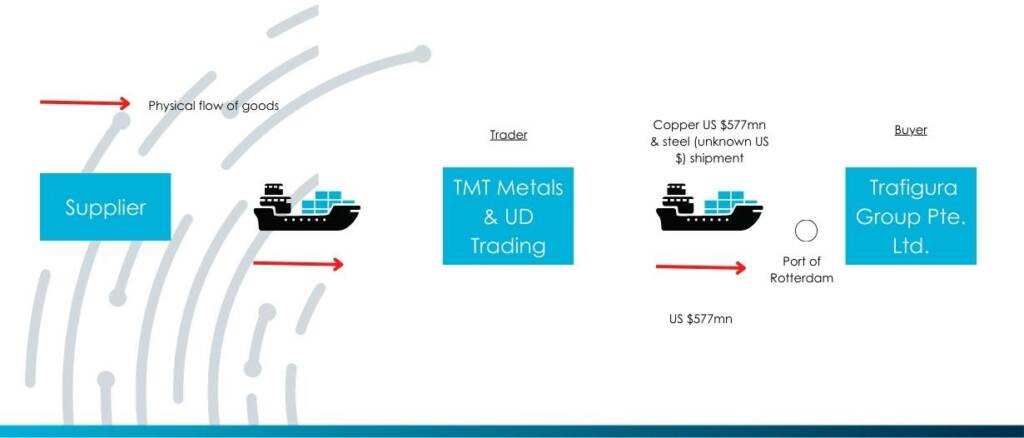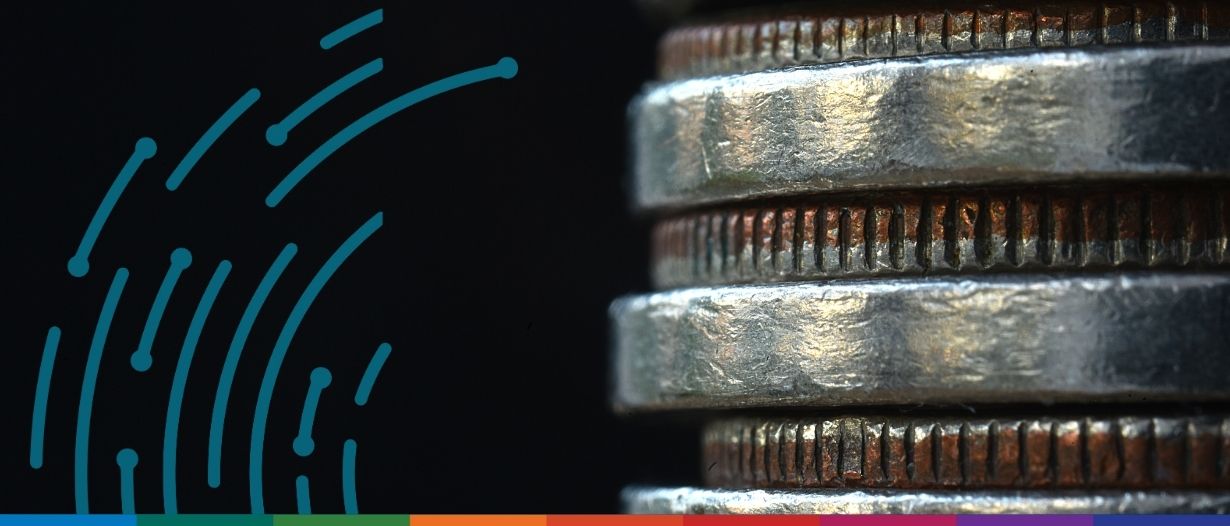Estimated reading time: 6 minutes
On the 9th February, Swiss-based commodities trader Trafigura alleged that it had been exposed to “systemic fraud” to the value of $577 million of nickel, in relation to UAE-based businessman Prateek Gupta’s London trading company TMT Metals Holdings Ltd, and companies connected to him.
What happened?
According to the statement from Trafigura, a containerised shipment of nickel was purchased from one of Gupta’s companies in late December 2022, later found not to contain nickel.
Sources suggest that Gupta-related companies were known fraudsters.
Trade finance fund TransAsia Private Capital Ltd and trader Gunvor Group lost money in dealings with these companies, and India’s federal police announced last year that it was investigating allegations of fraud against Gupta himself.
According to Bloomberg, Trafigura later told its panel of trade and commodity finance lenders and creditors that they were not exposed to this nickel fraud.
Typically, such transactions would use a documentary credit, borrowing base or structured finance facility from a bank, rather than a pre-payment deal from its own balance sheet.
Carl Wegner, CEO of Contour said, “Unfortunately, when finance is extended to pure trading companies such as Mr. Gupta’s, where there is no underlying commercial need for the goods, the risk of fraud is high.
The cost to the industry goes beyond the losses, as these frauds further reduce bank trade finance appetite and extend the global trade finance gap.”

Document fraud
Though Trafigura’s statement did not specify the exact type of document fraud it was exposed to, trade-fraud typologies can broadly be categorised into the following four categories, according to MonetaGo’s recent whitepaper:
- Duplicate financing – multiple banks across multiple jurisdictions will unknowingly finance the same trade transaction due to customer confidentiality, anti-competition and regulatory rules hindering information sharing.
- Fraudulent documents – banks might not be able to validate the authenticity of documents which are accepted as proof of ownership or transport in a trade finance transaction. Documents could include: e-bills of lading, shipping documents, warehouse receipts, trust receipts, accounts receivable, or any other bills, documents or receipts similar in nature.
Fastmarkets reports some of the largest warehouse receipts frauds in commodities here, which includes the $36 million Qingdao copper fraud due to forged warehouse receipts.
- Fraudulent legal entities – bad actors misrepresenting and using fake companies and addresses to undertake fraudulent trade transactions. There are many ongoing industry efforts to create global KYC registries and databases against blacklisted, terrorist or sanctioned organisations.
- Vendor impersonation – through malware attacks, fraudulent actors might be able to impersonate suppliers into thinking they have changed bank accounts, sometimes generating invoices purporting to come from a legitimate supplier with a strong relationship with the buyer.
A Trafigura spokesperson told Reuters that just 10% of the shipments have been inspected so far, and legal proceedings have begun in multiple jurisdictions, although contracts have been signed under English law.
Alexander Culley, chief executive officer & founder at C&G Regulatory Solutions said, “This is a reminder of the necessity to carefully assess fraud risk as part of a firm’s wider financial crime risk assessments.
In a financial world full of stories about market abuse and money laundering typologies, fraud risk may not receive as much attention unless a firm has been unfortunate enough to fall victim to it.
If a firm is required to produce an internal capital adequacy and risk assessment (‘ICARA’) then it is essential that fraud risks emanating from any physical business the firm is involved in are properly accounted for.”
Do the numbers stack up?
At the current price, $577 million of nickel would weigh roughly 20k metric tonnes.
Around 70% of the world’s bulk cargo ships can safely hold between 30-37k tonnes of goods.
The amount of nickel traded in this transaction would fill anywhere from one-third to two-thirds of a full cargo ship, depending on the size of the cargo ship. That’s a lot of nickel.
Given that the LME lot size for a nickel contract is 6 tonnes, this would require up to 3,333 separate lot orders.
In this transaction, it is possible that a lower-value metal, such as steel, could have been used in place of nickel.

Nickel – primed for fraudsters?
Since the start of the Russia-Ukraine conflict, nickel prices are up 40% from around $20k/tonne in early 2022 to $28k/tonne in early 2023. The metal had a 400% rally in March 2022 amidst fears of reduced Russian supply, which even caused the London Metal Exchange to suspend nickel trading whilst contracts were settled.
Nickel is a popular victim to commodity fraud. Essential for steel production, the batteries of electric vehicles and coinage, a container of nickel could be worth $500k, but in comparison to gold or other precious metals, has fewer security standards.
Mercuria Energy Group Ltd suffered a $36 million copper heist in 2014, buying spray-painted rocks instead of copper from a Turkish supplier.
Tat Yeen Yap, Managing Director, Asia Pacific, at MonetaGo said, “The reported impairment of $577 million suggests that settlement for the contracted nickel has been made.
A Bloomberg report informs that letters of credit and other transactional bank financing were not used and that Trafigura’s banks were not directly exposed to the alleged fraud. In cases where letters of credit are issued, the applicant (normally the buyer) bears the risks of seller fraud, and the bank bears the risks of the applicant’s insolvency if it is unable to reimburse the bank.
It is not clear from the reports who were the shippers, and if there were other victims. Much awaits to be revealed if this goes to court.”
Could electronic documents and transferable records help?
At present, there are several initiatives going on in various jurisdictions to adopt UNCITRAL’s Model Law on Electronic Transferable Records (MLETR), or equivalent, which could enable the possibility of using electronic forms for transferable documents and instruments, such as bills of exchange, bills of lading, warehouse receipts, and promissory notes.
Experts expect widespread MLETR adoption to bring about several significant advantages, such as reducing the environmental impact of trade paper, increasing the speed of trade, and, in the case of this incident, helping prevent documentary fraud.
It’s not the end. A “thorough review” is ongoing, according to the statement, and the group has recorded a $577 million charge in the first half of 2023. This is a significant hit to the group, which recorded $7.0 billion net profit in 2022.
Socrates Economou, head of nickel and cobalt trading at Trafigura is also reported to be leaving the business.





























